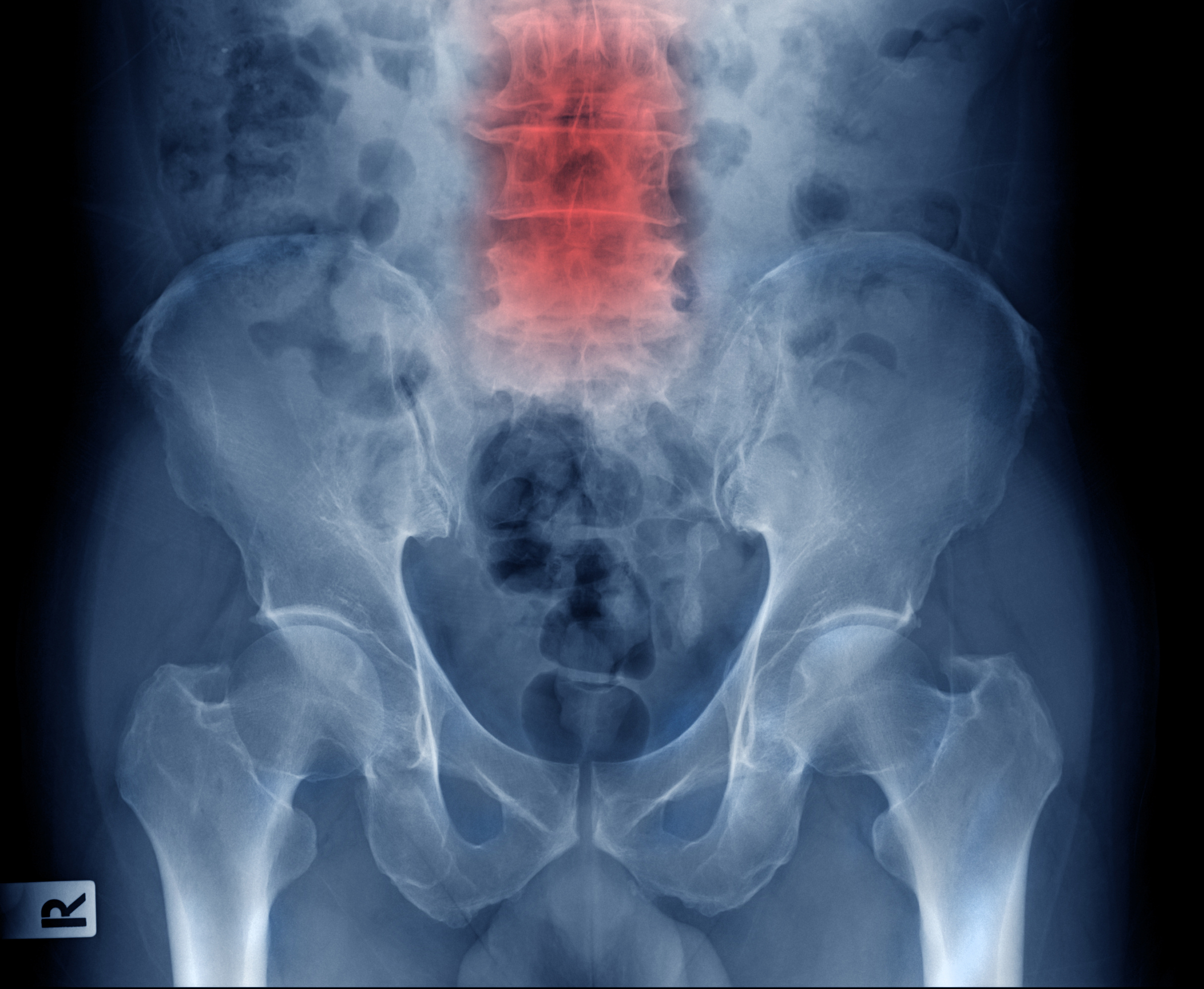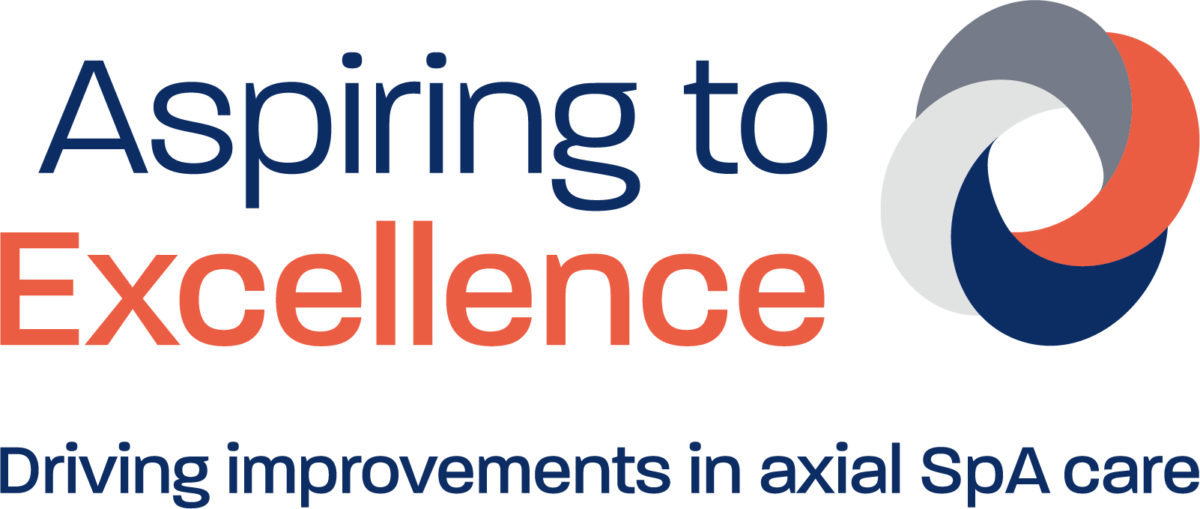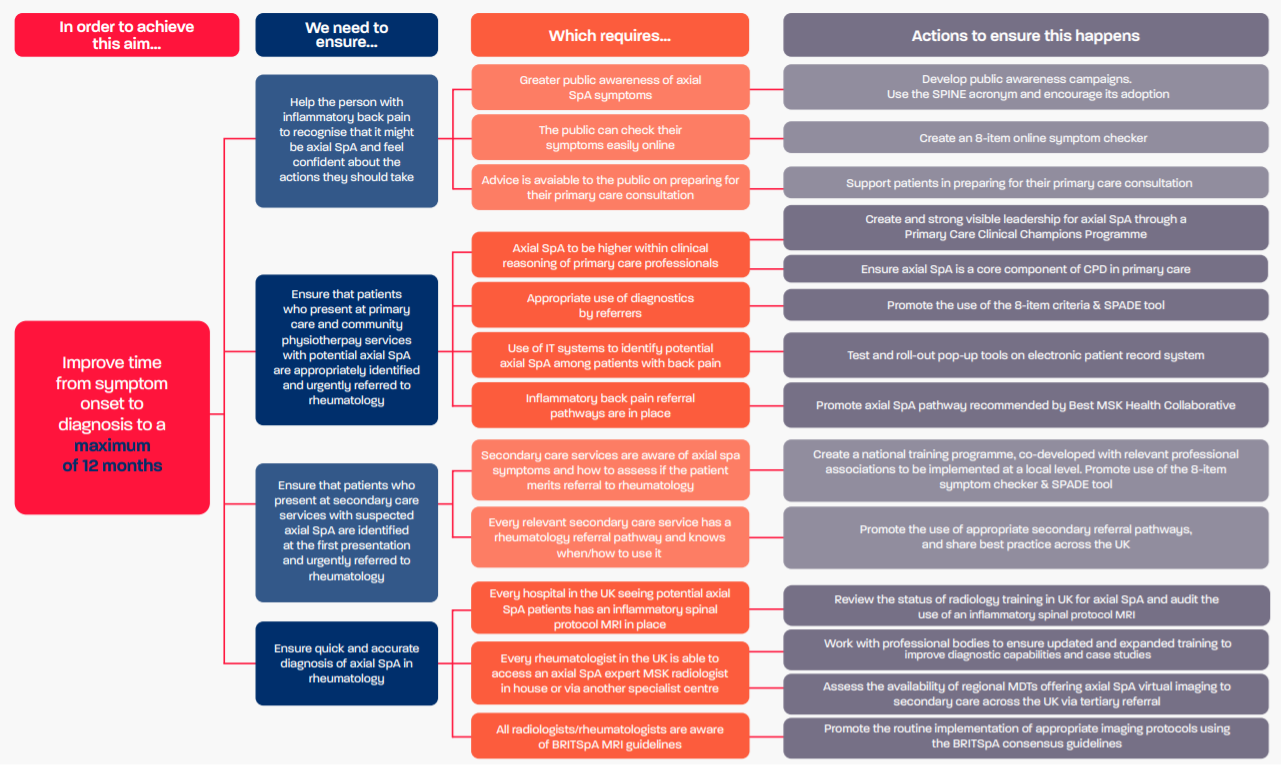For Healthcare Professionals
For Healthcare Professionals
Welcome to the act on axial SpA website - providing resources to reduce time to diagnosis in axial SpA. Explore our pages below, developed by healthcare professionals across various specialties. Think we are missing something relevant to your discipline? Please reach out to the Gold Standard team: goldstandard@nass.co.uk

Help us build public awareness
Help us build public awareness
With a lack of public awareness of the condition, many people may not attribute their symptoms to axial SpA. We have created a selection of resources to help you raise awareness of axial SpA in your local healthcare setting and across your community.

Identification and referral in primary care
Identification and referral in primary care
People with undiagnosed axial SpA usually first present with chronic lower back pain to their general practitioners or other non-rheumatology primary care providers. We have curated bespoke resources developed by GPs, physiotherapists, FCPs, osteopaths, chiropractors and rheumatologists to assist you in recognising and referring suspected axial SpA from primary care.

Identification in secondary care
Identification in secondary care
Evidence suggests that many opportunities to recognise and refer potential axial SpA in secondary care are being missed. Explore our resources developed by gastroenterologists, dermatologists and ophthalmologists, to help you recognise and internally refer suspected axial SpA from secondary care.

Diagnosis within rheumatology
Diagnosis within rheumatology
The diagnosis of axial SpA is complex, whereby individual symptoms or tests in isolation are insufficient to either diagnose or rule out axial SpA; rather a combination of axial SpA symptoms, physical examination, appropriate diagnostic tests and imaging should lead to diagnosis.

Key Publications: public awareness
Key Publications: public awareness
With a lack of public awareness of the condition, many people may not attribute their symptoms to axial SpA.
We have curated some key publications that suggest a need to improve public awareness of axial SpA – to empower patients, reduce delay to diagnosis and ultimately improve long-term outcomes.
Key publications: Axial SpA in Primary Care
Here is where you will find out publications, papers of interest, research and articles that help in the recognition of axial SpA in Primary Care.
If you have any suggestions of papers to be added here, please contact goldstandard@nass.co.uk

Key publications: Axial SpA in secondary care
Key publications: Axial SpA in secondary care
Here is where you will find out publications, papers of interest, research and articles that help in the recognition of axial SpA in Secondary Care.
If you have any suggestions of papers to be added here, please contact goldstandard@nass.co.uk

Key Publications: Axial SpA in Rheumatology
Key Publications: Axial SpA in Rheumatology
Here is where you will find out publications, papers of interest, research and articles that help in the diagnosis of axial SpA once patients present to Rheumatology.
If you have any suggestions of papers to be added here, please contact goldstandard@nass.co.uk

This is the place to go to find out more about our Champions in Primary Care Programme.
We are creating a cadre of clinical champions in primary care and community services whose work ensures that axial spondyloarthritis (axial SpA) is higher within the clinical reasoning of primary care professionals, so that patients who present with suspected axial SpA are identified at the first presentation and urgently referred to rheumatology.

Here we are building resources to help HCPs in improving diagnostic delay.
We will utilise best practice examples from our Aspiring to Excellence sites to give you ideas and examples to improve care in your service.

Extra-articular manifestations (EAMs) are common, important features of axial spondyloarthritis (axial SpA) – the most prevalent being acute anterior uveitis (AAU), inflammatory bowel disease (IBD) and psoriasis.
We are creating tools to help clinicians who see those patients identify potential inflammatory back pain and axial SpA and know when to refer to rheumatology.

NASS Gold Standard Research
NASS Gold Standard Research
As part of our policy and campaigning work we have commissioned research to help build the burning platform and influencing policy makers and health care professionals as we target a social movement. A social movement which will ultimately catalyse driving down diagnostic delay.

NASS are here to support people living with axial SpA.
Signpost to our range of support services.
ACT ON AXIAL SpA:
A Gold Standard time to diagnosis
The current time to diagnosis of axial SpA in the UK averages approximately 8.5 years from symptom onset. This delay is unacceptable and has serious consequences for the patient. Our act on axial SpA campaign sets out a roadmap for reducing the time from symptom onset to diagnosis to just one year.

